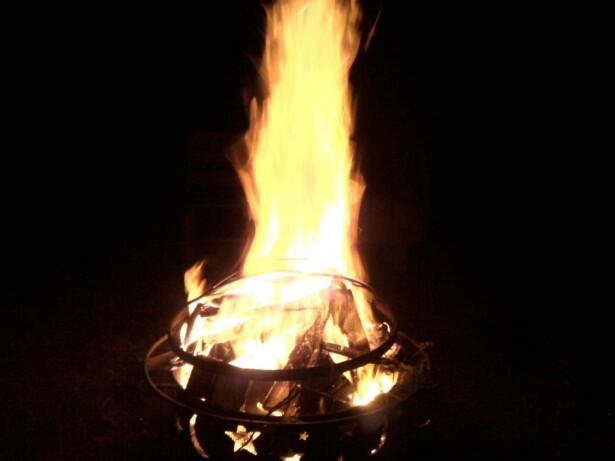What is Tarot?
The precise origins of the Tarot remain a mystery, but over time, a fairly consistent standard has evolved
for the structure of a Tarot deck. The components of this structure include not only the number of cards and their symbols,
but also their order in relation to each other and their division into groups.
According to Britannica.com, the 52-card deck that we use today is a modification of part of the standard Tarot deck, made up of the Major Arcana and Minor Arcana, minus the knight
cards. Probably around the 15th century, the deck started settling into the modern form we know today.
The standard Tarot deck follows the structure of the Venetian or Piedmontese Tarot from medieval Europe.
This consists of 78 cards made up of two groups: the Major Arcana and the Minor Arcana, having 22 and 56 cards respectively. In the Major Arcana are found the archetypal
Tarot cards, like the Fool, the Devil and the Moon; while the Minor Arcana is comprised of four suits of fourteen cards, each
containing cards numbered from one to ten as well as four 'court' cards. Examples of cards from each of the Arcana are shown
(at the website), as depicted in the influential Marseilles deck from medieval Europe.
While the 78-card structure described above is the standard for a deck
to be a true Tarot deck, not all decks that claim to be Tarot adhere to this pattern. Early decks were of several types with
differing numbers of cards, and some contemporary decks vary the system to accommodate the underlying non-Tarot philosophies
on which they are based.
An example of a modern deck that eschews the historical Tarot structure
is the Enochian Tarot: an augmented deck containing eight extra cards in the Major Arcana to support the system of
Enochian Magic on which it is based. Although they contain elements of standard structure, whether such decks are really Tarot
decks at all is debatable. Even those modern decks constructed on traditional lines often replace cards in the Major Arcana
with inappropriate alternatives or ignore important aspects of established symbolism.
The most influential model in the development and interpretation of the
Tarot from the 19th century on has been the consideration of the cards as an expression of the esoteric system
known as Kabbalah. The most important decks of the 20th century have been based
on Kabbalistic ideas, in terms of their structure, their symbology and their interpretation. Two major examples are the Rider-Waite
deck and the Thoth deck, designed by Arthur Edward Waite and Aleister Crowley respectively.
-- Excerpts from the full article with many links, graphics, and
much more information at Byzant Tarot, and the article at HowStuffWorks: Why Do They Include Jokers in a Deck of Cards?
